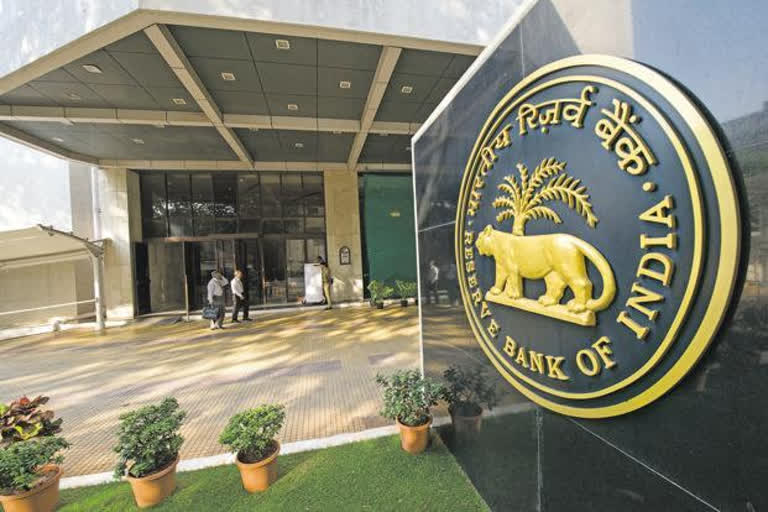Hyderabad: As per the price rise data released by the government on Thursday the costlier vegetables and eggs pushed up retail inflation in October to a six-and-a-half-year high of 7.61 per cent.
Besides being above the RBI’s comfort zone of 2-6%, what worries the policymakers most is the continued rise in consumer prices over the last year while the incomes were dwindling.
“Except in March 2020, the CPI had always been over and above the 6% ceiling since December 2019,” said Radhika Pandey, Consultant, National Institute of Public Finance and Policy.
On the other hand, the country’s economic output as measured by the Gross Domestic Product (GDP) contracted by a massive 23.9% during April-June 2020 quarter (Q1) on a year-on-year basis.
In fact, as pointed out by a report from RBI researchers, the country has entered into a ‘technical recession’.
"India has entered into a technical recession in the first half of 2020-21 for the first time in its history with Q2:2020-21 likely to record the second successive quarter of GDP contraction," said the RBI report.
For the Monetary Policy Committee (MPC) of the Central bank that has hit the pause button last August on key policy rates, the current situation of continuous price rise and tepid growth poses a major challenge.
Talking to media, Devendra Kumar Pant, Chief Economist, India Ratings and Research said: "MPC is in a difficult situation with inflation breaching 6 per cent (for) three consecutive quarters, growth being low and India having a recession (two consecutive quarters of negative growth) once 2Q FY21 GDP numbers are released.”
The Way Forward
Radhika Pandey, who closely monitors monetary policy, told ETV Bharat that the Central Bank should hold key policy rates till supply-side pressures ease.
“Whatever inflation spikes we have seen are due to supply-side disruptions as a result of COVID-19 induced lockdowns and logistics problems; but not due to an increase in demand.”
“Since it’s because of supply-side disruptions, the best RBI can do is to wait and watch,” Radhika Pandey added.
Also Read: GDP to contract 8.6 pc in Q2; India has entered recession for first time: RBI official



